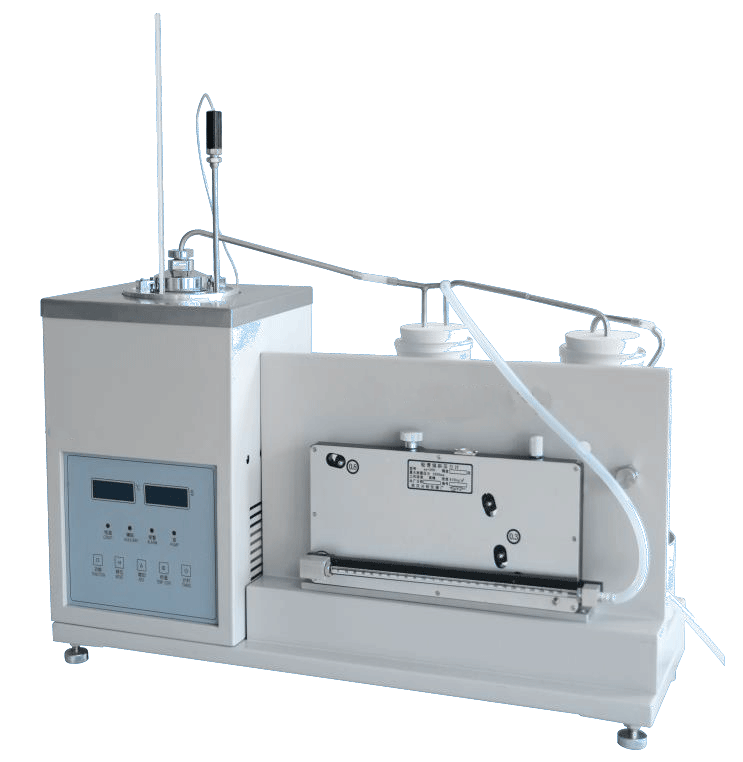Introduction
Evaporation loss monitoring plays a critical role in the management of water resources, particularly in industries that rely on large-scale cooling systems, reservoirs, and open-air evaporative processes. As water evaporates from these systems, it can lead to significant water loss, affecting operational efficiency, increasing operational costs, and potentially harming the environment. Through effective monitoring, industries can detect and control evaporation losses, ensuring optimal water management and reducing unnecessary wastage. Technological advancements in real-time data monitoring, machine learning analytics, and integrated systems have enhanced the ability to track evaporation rates, providing actionable insights for resource conservation, cost reduction, and environmental sustainability.
Impact on Environmental Sustainability
- Reduced Water Consumption: Monitoring evaporation loss helps in identifying excessive water use, enabling industries to adopt more sustainable water management practices. This reduces the demand on local water resources, contributing to overall environmental sustainability.
- Minimizing Wastewater Generation: Accurate evaporation monitoring helps in balancing water consumption, which can reduce the need for wastewater treatment. By minimizing evaporation losses, industries help conserve water and lower their overall environmental footprint.
Real-Time Monitoring and Automation
- Remote Monitoring: Advanced systems provide real-time data and can send alerts or notifications when evaporation losses exceed predetermined thresholds. This allows for timely intervention, minimizing unnecessary loss.
- Automated Systems: Automation technologies enable more efficient management by adjusting cooling systems or water levels based on evaporation data, ensuring that only the necessary amount of water is used without wastage.
Impact on System Efficiency
- Optimization of Cooling Efficiency: By monitoring evaporation rates in cooling towers, plant operators can optimize cooling processes, ensuring that the system operates at its highest efficiency. This leads to less energy consumption and improved system performance.
- Preventing System Overload: Evaporation loss can cause fluctuations in system performance. Monitoring helps prevent sudden changes in water levels, which could lead to system overloads or failure.
Integration with Other Water Management Systems
- Water Recovery and Recycling: By measuring and understanding evaporation losses, industries can set up water recovery or recycling systems. This could help in reducing the volume of water needed to be sourced from external resources.
- Leak Detection: Evaporation loss monitoring can also help identify leaks or other issues in the water circulation system. If evaporation is significantly higher than expected, it could indicate inefficiencies or leaks that need to be addressed.
Use in Water Efficiency Programs
- Regulatory Compliance: Many industries, particularly in arid regions, are subject to regulations concerning water usage. Monitoring evaporation helps ensure that the industry meets legal requirements related to water consumption and conservation.
- Sustainability Certifications: Companies committed to sustainable practices can use evaporation loss monitoring as part of their green certification or sustainability program. This highlights their commitment to reducing water waste and conserving resources.
Impact on Maintenance and Downtime
- Predictive Maintenance: Monitoring evaporation rates can also provide insights into the condition of the cooling system. For example, a sudden increase in evaporation could indicate malfunctioning components, helping to schedule maintenance before a major failure occurs.
- Reduced Downtime: By proactively identifying issues that affect evaporation, companies can reduce unexpected downtime and avoid costly repairs or replacements of damaged equipment.
Evaporation Loss Calculation Models
- Mathematical and Computational Models: Different models such as the Penman-Monteith equation, energy balance model, or bulk transfer model are used to calculate evaporation loss based on various environmental factors. These models take into account temperature, wind speed, humidity, and solar radiation to estimate evaporation rates.
- Data Integration: Integrating historical weather data, plant conditions, and real-time sensor data into these models provides more accurate predictions, helping to forecast water consumption patterns more effectively.
Cost-Benefit Analysis
- Water Cost Management: By minimizing evaporation loss through effective monitoring, industries can better manage water-related costs. This can result in significant savings, especially in industries that require large volumes of water, such as power generation or agriculture.
- Return on Investment (ROI): Although implementing evaporation loss monitoring systems involves upfront costs for sensors and infrastructure, the long-term savings from improved efficiency and reduced water procurement costs often outweigh the initial investment.
Considerations for Different Industries
- Power Plants: For power plants using cooling towers, evaporation loss monitoring ensures that there is enough water for heat dissipation, optimizing power generation and reducing risks of overheating.
- Agriculture: In agriculture, evaporation loss monitoring can optimize irrigation schedules and water usage, reducing costs and improving crop yields.
- Food Processing: Food manufacturers using water-intensive processes like cooling, evaporation loss monitoring helps in controlling water usage and avoiding wastage, ensuring compliance with sustainability goals.
Introduction
In conclusion, evaporation loss monitoring is essential for industries to maintain efficient water usage and reduce operational costs. By leveraging advanced monitoring technologies, industries can gain a deeper understanding of water loss patterns, enabling them to implement strategies for minimizing evaporation and ensuring water conservation. This not only contributes to operational efficiency but also aligns with broader sustainability goals, minimizing environmental impact. As industries continue to face challenges related to water scarcity and environmental responsibility, adopting comprehensive evaporation loss monitoring systems will remain a key factor in promoting sustainable practices and enhancing long-term resource management.

